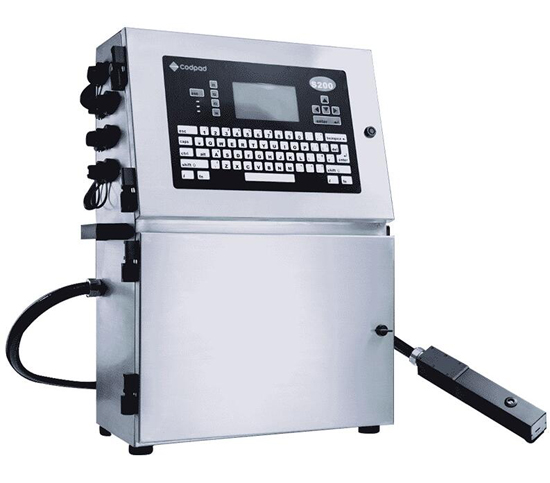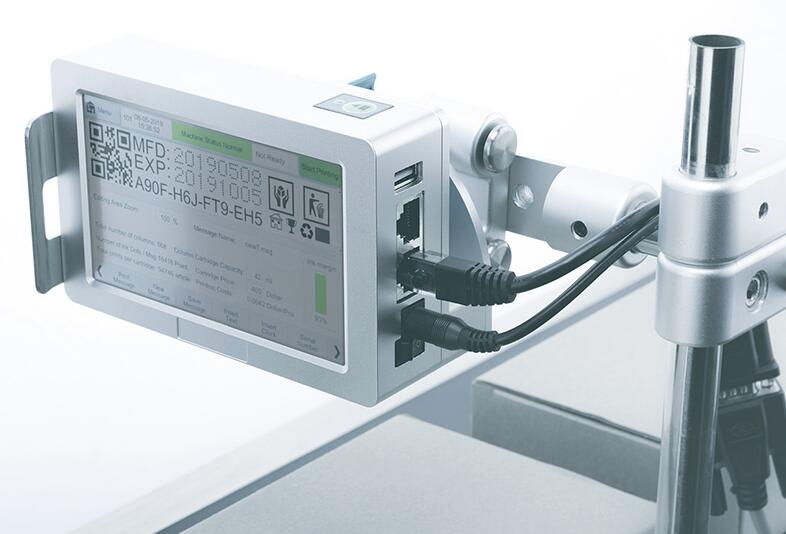Inkjet printers are essential computer peripherals in many people's lives, helping to create everything from letters to life-size posters.
An inkjet printer is a printer that forces black or colored ink through a chamber or nozzle to a medium such as paper. These types of printers are typically used in homes, offices and large commercial operations.
What is a thermal printer?
Thermal printers are low-cost, portable printers typically used to print receipts and shipping labels. Thermal printers, as the name implies, use a heated print head to print an image on paper. They use a heating element to burn or melt dot pattern characters on special paper. The thermal print head is the heart of the thermal printing system and consists of a fixed array of microscopic heating elements. When the resistive element is energized, heat is generated in the area below the element. Two main types of thermal printers are used: direct transfer thermal printers and hot wax transfer printers. Today, thermal printers are widely used for bar code printing, credit card receipts, airline tickets and school records. These printers do not rely on ink for printing, thus reducing costs.


评论
发表评论